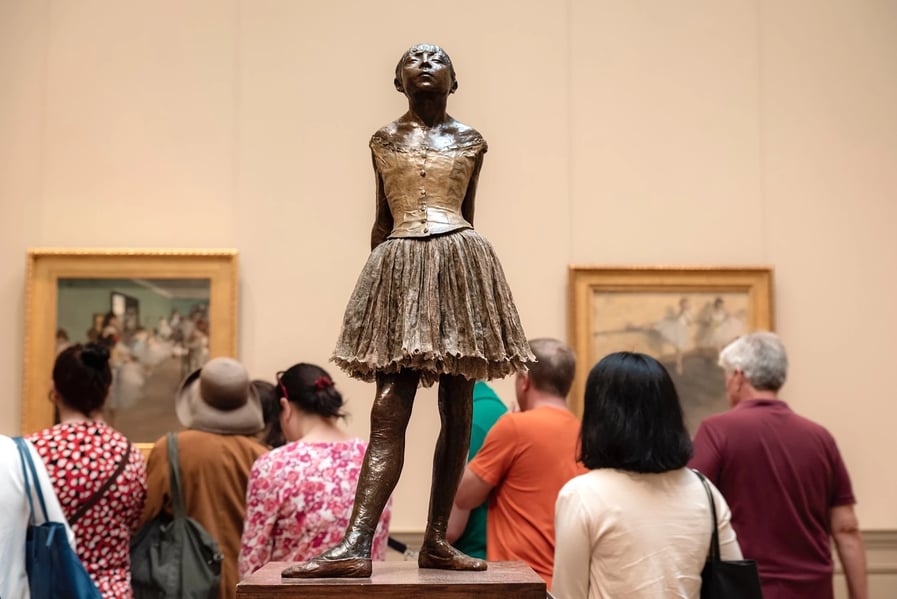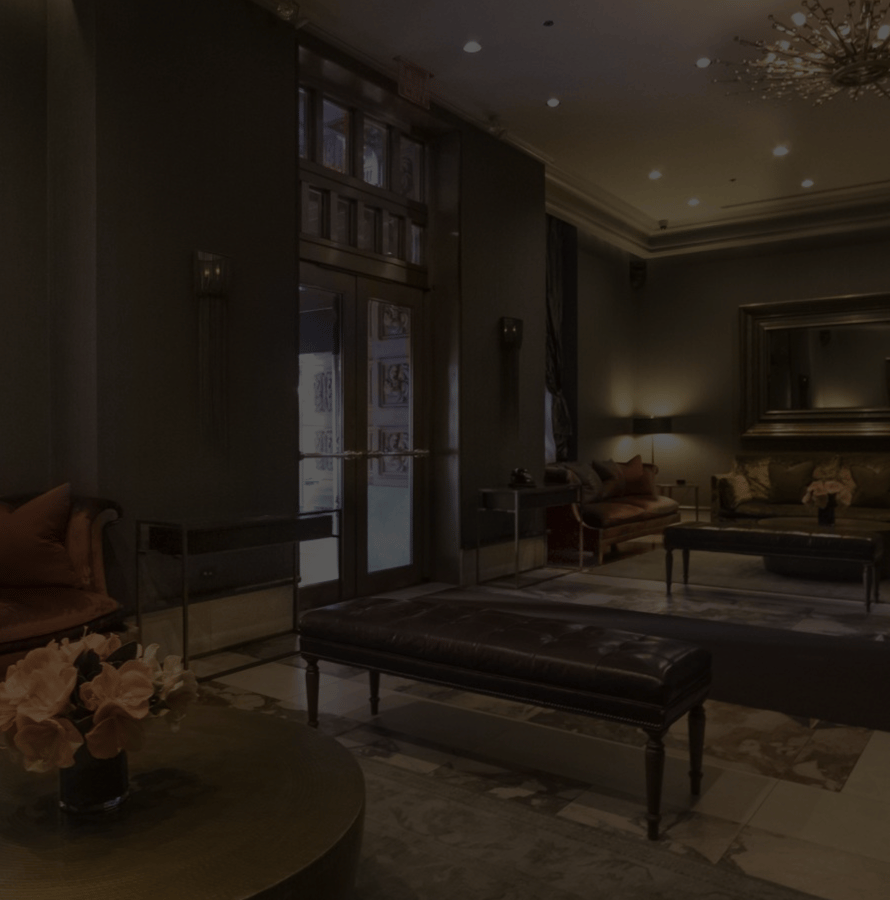
Journey Through Time at The Metropolitan Museum of Art
The largest art museum in the Americas, the Metropolitan Museum of Art, known by many simply as “the Met,” is a cultural institution of the highest importance. It is situated on Fifth Avenue, part of New York City’s iconic Museum Mile, and it is the most-visited museum in the entirety of the Western hemisphere — for good reason.
Its permanent collection is made up of 17 departments, which cover everything from African, Asian, Byzantine, Oceanic, Islamic, and American art; almost all of the European masters; period rooms; art from classical antiquity; the Temple of Dendur; costumes; and much, much more. There is something for everyone at this fascinating museum, thanks to the more than two million works in its permanent collection.
This museum, over 150 years old, is a mere five minute drive and 23 minute walk from The Lucerne. Whether you’re staying with us or not (though we hope you will), it’s a must-visit New York City destination. Here is our guide to exploring the Metropolitan Museum of Art, from its millenia-old artifacts to its rotating modern exhibitions to what it represents for the future.
Past
Though the Metropolitan Museum of Art was officially incorporated in 1870, its conception dates back to Paris in 1866, when a group of American vacationers decided to create a national gallery of art. Its founders include Theodore Roosevelt, Sr., father of the former president, as well as eventual first Chief Justice John Jay, who played a large role in the initial organizing efforts.
Its first-ever object was a Roman sarcophagus, acquired in 1870, but soon the burgeoning Met received 174 European paintings, including those by Anthony Van Dyck. In 1880, the museum moved into its current address — though the iconic Beaux-Arts facade came later, in 1902. The architecture and prime location lent the museum an Old-World feel, helped by its consistent acquisition of objects from antiquity. By the 20th century, the Metropolitan Museum of Art had established itself as one of the world’s great repositories of art and culture.
Beyond the museum’s own history, however, the Met’s collections represent thousands of years of human history. One ongoing exhibition that deals with the history of humankind is “The African Origin of Civilization,” which showcases ancient masterpieces from west and central Africa and ancient Egypt. Its goal is to highlight over five millennia of outstanding artistic production on the continent, and to shed light on the early development of civilization.
In addition, on permanent display at the Met is the Ancient Near Eastern Art collection, which includes pieces that date back to around 8000 BC or even earlier. They are some of the oldest artifacts left from the people that inhabited modern-day Iraq, Iran, Turkey, Syria, Central Asia, and more; the objects have the ability to connect us to the long heritage of humanity.
Near-Past and Present
The near-past and present are equally a focus of the Met. Nowadays, most people that have been to New York City have surely visited this iconic museum, which welcomed more than seven million visitors in 2019. It is known for being the site of the annual Met Gala, which brings the world’s A-Listers together to celebrate the museum’s Costume Institute, in what is one of the most high-profile events of the year for fashion.
The Met has a rich modern and contemporary art collection, with almost 12,000 pieces. It defines modern art as pieces made between 1890 and the present, but the idea of modern art also brings to mind a change in the zeitgeist, and a diversification of the institutional art world. Highlights of the collection include works by Andy Warhol, prominent Rothko paintings, a strong Cubism collection, Hungarian and Iranian modernism, and more.
The museum also regularly features exhibits by living artists, such as this current exhibit of Cecily Brown’s, called “Cecily Brown: Death and the Maid.” This show by Brown, a British-born painter known for her sumptuous colors and narratives, explores life and death and human legacies, themes that have been relevant for all of time that feel especially important in the face of climate change.
Future
The Metropolitan Museum of Art doesn’t just deal with the past and present — it is also foreseeing the future. Beyond setting the stage for a new generation of artists, in thrall to the masters of history and the giants of today, some of the Met’s exhibitions even deal with science-fiction and futuristic motifs.
One in particular, called “Before Yesterday We Could Fly: An Afrofuturist Period Room,” presents both an alternate history and an imaginative guidebook for the future. It is based on Seneca Village, a flourishing Black community that was razed in the 1850s to make way for Central Park.
The exhibit uses the interdisciplinary ideas of Afrofuturism to imagine a Seneca Village of the future, if it had been permitted to continue existing. Spiritual, contemporary, kaleidoscopic, and thought-provoking, “Before Yesterday We Could Fly” is a crucial example of how the Metropolitan Museum of Art is setting the stage for the future.
All of New York City’s cultural offerings are at your feet when you stay at The Lucerne. Book now!


